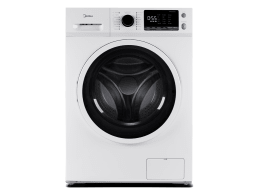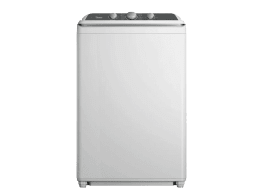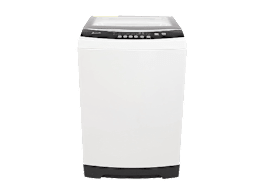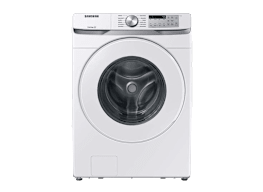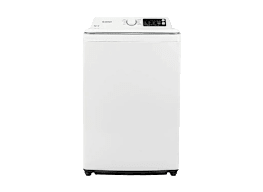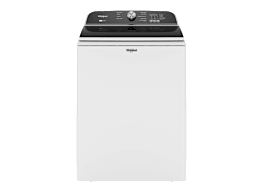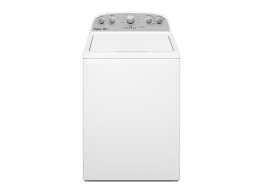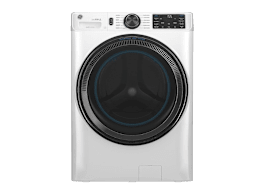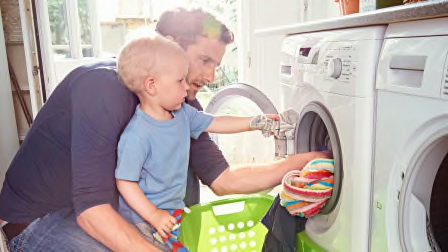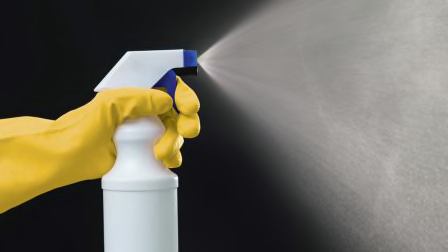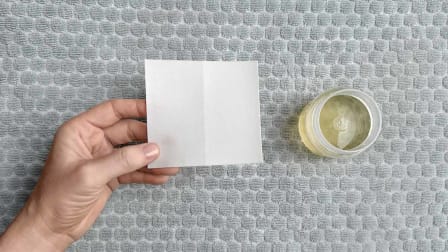5 Things to Know About Top-Load Agitator Washing Machines
These old-school appliances are the most popular type of washer, but are they effective? Consumer Reports reviews the pros and cons.
When you shop through retailer links on our site, we may earn affiliate commissions. 100% of the fees we collect are used to support our nonprofit mission. Learn more.
When your washer flatlines, quickly scoring a new machine can give your laundry room a new lease on life—before the clothes start piling up. But should you choose a modern front-loader, a water-saving high-efficiency model, or a traditional top-load agitator?
Top-load agitator washing machines aren’t the most technologically innovative, but they continue to outsell front-loaders and even HE top-loaders, the kind without a center-post agitator. According to the Association of Home Appliance Manufacturers, 48 percent of all washer shipments in 2023 were top-load agitators.
1. They’re Not the Best at Cleaning, but They’re Good Enough
Only 10 percent of top-load agitators in our current washing machine ratings earn an excellent score in our cleaning test. Many earn a midrange rating, though, meaning they should clean most loads well. They may have trouble with heavily stained or soiled items.
Pretreating laundry with a stain remover will help, and so will pretreating with a dab of laundry detergent that delivers a punch. You can also use a more aggressive wash setting, such as the heavy-soil or heavy-duty cycle, but keep in mind that these cycles are harder on fabrics.
2. They're Tough on Clothes
The center-post agitator in these washers churns the laundry, rubbing clothes together to clean them. That’s why many top-load agitators earn only a decent or mediocre score in our gentleness test. They’re more likely to cause wear and tear to fabrics than, say, a Green Choice front-loader machine that’s very gentle on clothes.
Adjusting the soil setting may help. Use the normal-wash/normal-soil setting for most loads, the light-soil setting when you can, and the delicate cycle when necessary.
3. They Can Be Water Hogs
All washers use less water than they did 20 years ago because of stricter federal efficiency standards. Top-load agitator washers, however, still typically use more water than HE top-loaders and front-loaders.
In our water-efficiency test, a washer earns an excellent rating if it uses 13 gallons of water or less. Only 6 of 54 agitator washers in our ratings hit that mark, whereas most front-loaders and many HE top-loaders earn a top-level score for water efficiency. In fact, many top-load agitators earn only a midrange or lackluster water-efficiency rating, using about 16 to 24 gallons to wash an average-sized load.
Doing full loads is one way you can save water. But if you’re not satisfied with how well your washer cleans, check the manual to ensure that you’re not overloading the machine. Dirty laundry needs some room to move around.
and least efficient washers in our tests
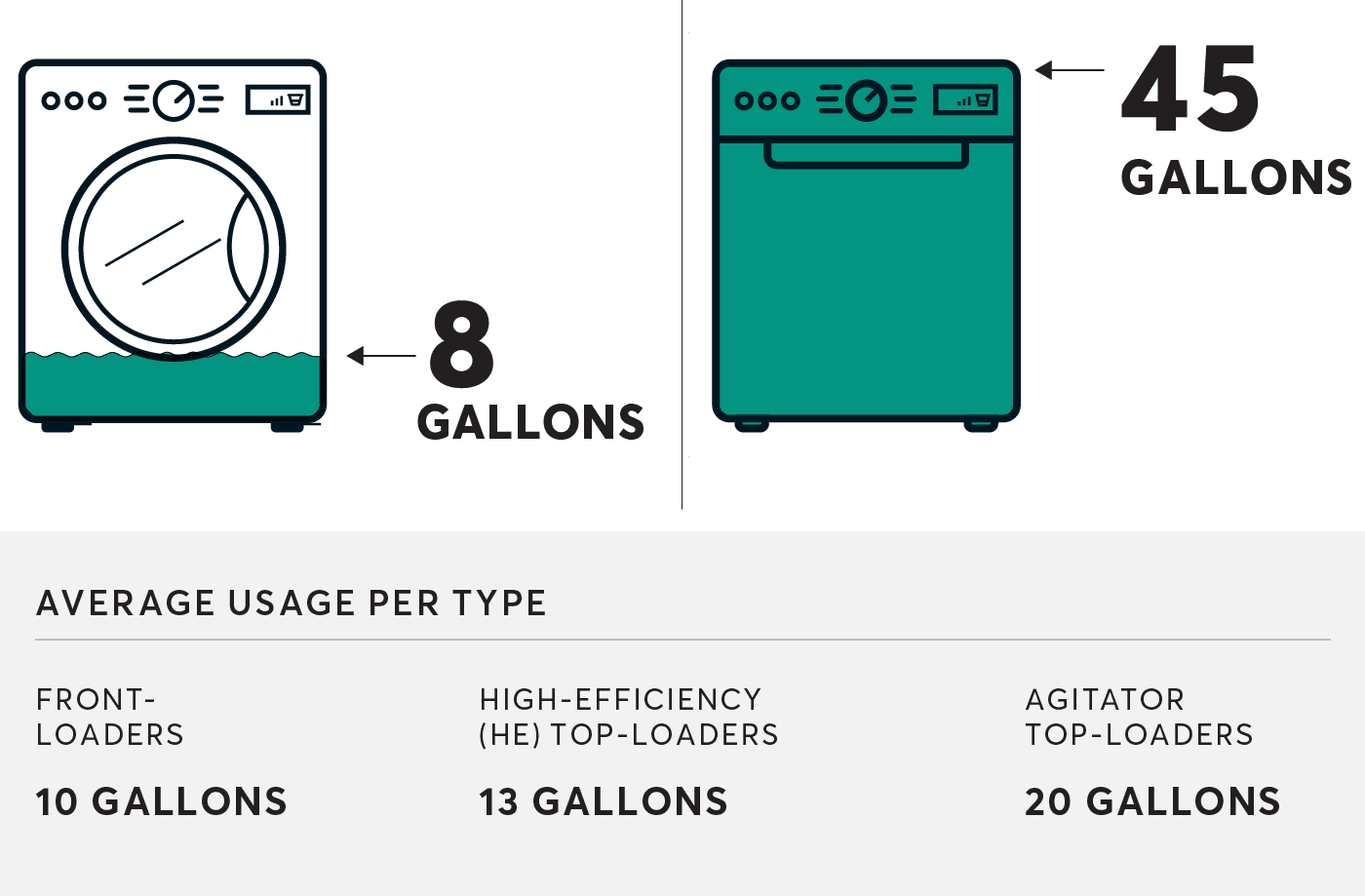

4. They’re Noisier Than Other Types of Washers
As a group, top-load agitator washers tend to be noisier than HE top-loaders or front-loaders. That’s not a big deal if your washer is tucked away in a basement, but it can test your patience if the washer sits near your bedroom.
Our panelists judge each washer’s noise levels during the fill, agitate/tumble, drain, and spin cycles. None of the agitators in our tests garner an excellent rating for noise, but a handful earn a very good rating, which means they’re audible but not loud enough to disturb you. Most earn an acceptable or less-than-satisfactory rating, which means they make sustained noise while in use.
Another noise factor to be aware of: If a laundry load gets out of balance, your washer may seem, well, agitated. It could make loud thumping sounds, rock back and forth, or even “walk” out of its place. If that happens, stop the wash and move the clothes around to rebalance the load. When the load is done, use a level to make sure the machine sits evenly. Check that the washer is level from front to back and side to side, then tighten the lock nuts on the feet to keep it in place.
5. They’re Often the Least Expensive Option, but Newer Models Can Be Pricey
Top-load agitators have long been about function instead of form. But manufacturers now offer some models that are more stylish and have larger capacities as well, pushing up prices to between $450 and $1,400. At the same time, prices of other types of washers have come down. So just keep that in mind when you’re shopping for a new washing machine, as the price for a new 2024 top-load agitator might be more on a par with front-loaders than in the years past. New models come with more advanced features like WiFi compatibility and a steam function, which may, in turn, bump the price up.
“The appliance industry is very competitive,” Bryant says. “LG and Samsung recently introduced top-load agitator models for the first time. They also make lower-priced, basic HE top-loaders and front-loaders. Other manufacturers have followed suit, so these days top-load agitators might not always be the cheapest option.”
4 Impressive Top-Load Agitators From CR's Tests
These highly rated models from our washing machine ratings earn respectable scores for energy and water efficiency in our tests. And while top-load agitator washers are positioned as a lower-priced alternative, manufacturers have started including more advanced features. That’s why you’ll see these four models feature stylish details, such as a stainless steel finish and auto temperature control.


















